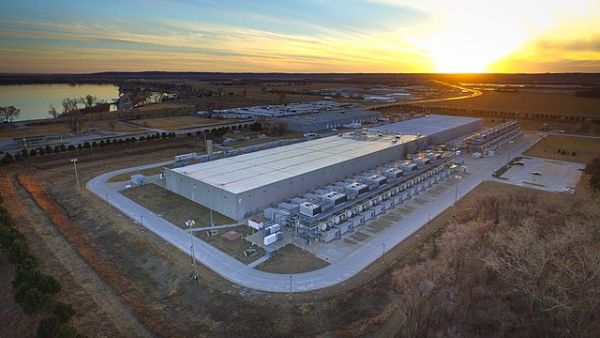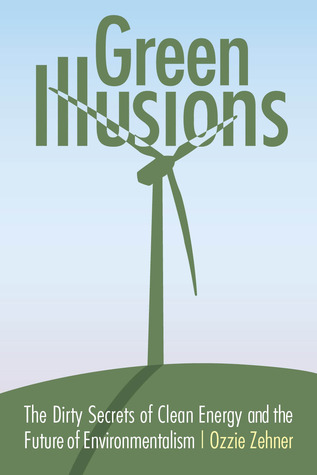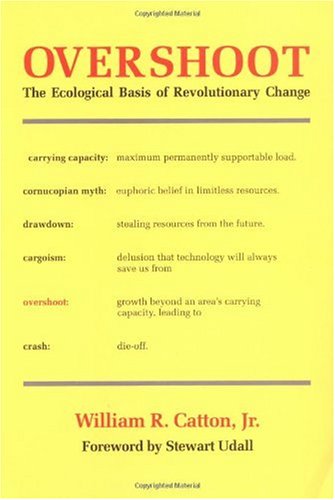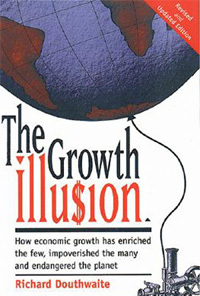Google’s goal of lowering its carbon footprint is in trouble as the technology company’s energy consumption has increased due to the amount of power needed for artificial intelligence (AI) data centers.
According to the internet giant’s annual environmental report, its greenhouse gas emissions have increased by 13 percent in the past year, due mostly to the AI data centers and supply chains, reported The Guardian. The report said its 2023 emissions had reached 14.3 metric tons.
“As we further integrate AI into our products, reducing emissions may be challenging due to increasing energy demands from the greater intensity of AI compute, and the emissions associated with the expected increases in our technical infrastructure investment,” the report said.
The internet company has a goal of cutting its total greenhouse gas emissions by half by the end of the decade and using carbon removal to tackle its remaining emissions output, The Hill reported.
Since 2019, Google’s emissions have risen by 48 percent, the report said.
“Reaching net-zero emissions by 2030 is an extremely ambitious goal and we know it won’t be easy. Our approach will continue to evolve and will require us to navigate significant uncertainty — including the uncertainty around the future environmental impact of AI, which is complex and difficult to predict. In addition, solutions for some key global challenges don’t currently exist, and will depend heavily on the broader clean energy transition,” the report stated.
According to estimates from the International Energy Agency, the total electricity consumption by Google’s data centers could be twice those of 2022 levels — 1,000 terawatt hours — in 2026, which is roughly the electricity demand of Japan, The Guardian reported.
The manufacturing and transportation of computer chips and servers needed for use in data center training and deployment also produce a great deal of emissions. AI data centers will use 4.5 percent of the world’s energy by 2030, research firm SemiAnalysis said.
Another issue with the AI explosion is water use, with one study saying AI could lead to the water usage equivalent to almost two-thirds of England’s annual consumption by 2027.
Co-founder of Microsoft Bill Gates said big tech companies being “seriously willing” to use green energy to power AI would help tackle the climate crisis. The companies have become big investors in renewable energy in an effort to achieve their climate targets.
“AI is at an inflection point and many factors will influence its ultimate impact — including the extent of AI adoption, our ability to mitigate its footprint, and the pace of continued innovation and efficiency,” the Google report said. “While we remain optimistic about AI’s potential to drive positive change, we’re also clear-eyed about its potential environmental impact and the collaborative effort required to navigate this evolving landscape.”
Author
Cristen Hemingway Jaynes is a writer of fiction and nonfiction. She holds a JD and an Ocean & Coastal Law Certificate from University of Oregon School of Law and an MA in Creative Writing from Birkbeck, University of London. She is the author of the short story collection The Smallest of Entryways, as well as the travel biography, Ernest’s Way: An International Journey Through Hemingway’s Life.






















